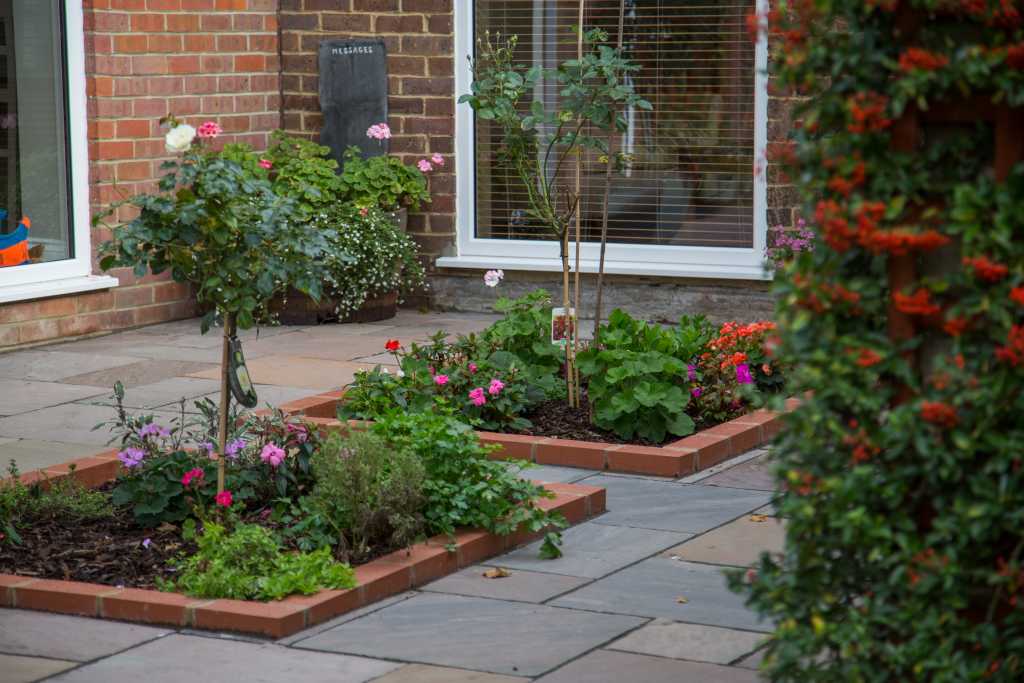Top 10 plants that bloom in spring and summer
After what feels like a year of winter, peering out onto a drab and dull garden – we’re raring to embrace the beauty and warmth that spring and summer bring back to our landscapes. With this in mind, it’s time to find out the top 10 plants you should be planting, to ensure an inspiring colour palette.
Find out all there is to know with our experts’ advice. Learn about:
- The different types of flowers that you can plant
- What they look like
- Whether they’re scented
- If they take long to grow
- How long they remain in bloom
So you can grow a beautiful budding landscape, in no time at all.
Springtime plants that bloom between March and May
There’s no time like the present to start planting and you probably feel more encouraged to do so, now that the weather is picking up. Whether you’re lucky enough to plant your favourites now and have them sprout late spring or summer, or you’re patient enough to plan ahead for next year – we have a good line-up here, for you.
The months March, April and May are known as springtime here in the UK, a time when flowering bulbs such as daffodils and tulips, sprout well. As the days get slightly lighter for longer and a few degrees warmer, these flowers in particular get exactly what they need in order to unfold their pretty petals.
5 plants that’ll bloom in spring:
Daffodil
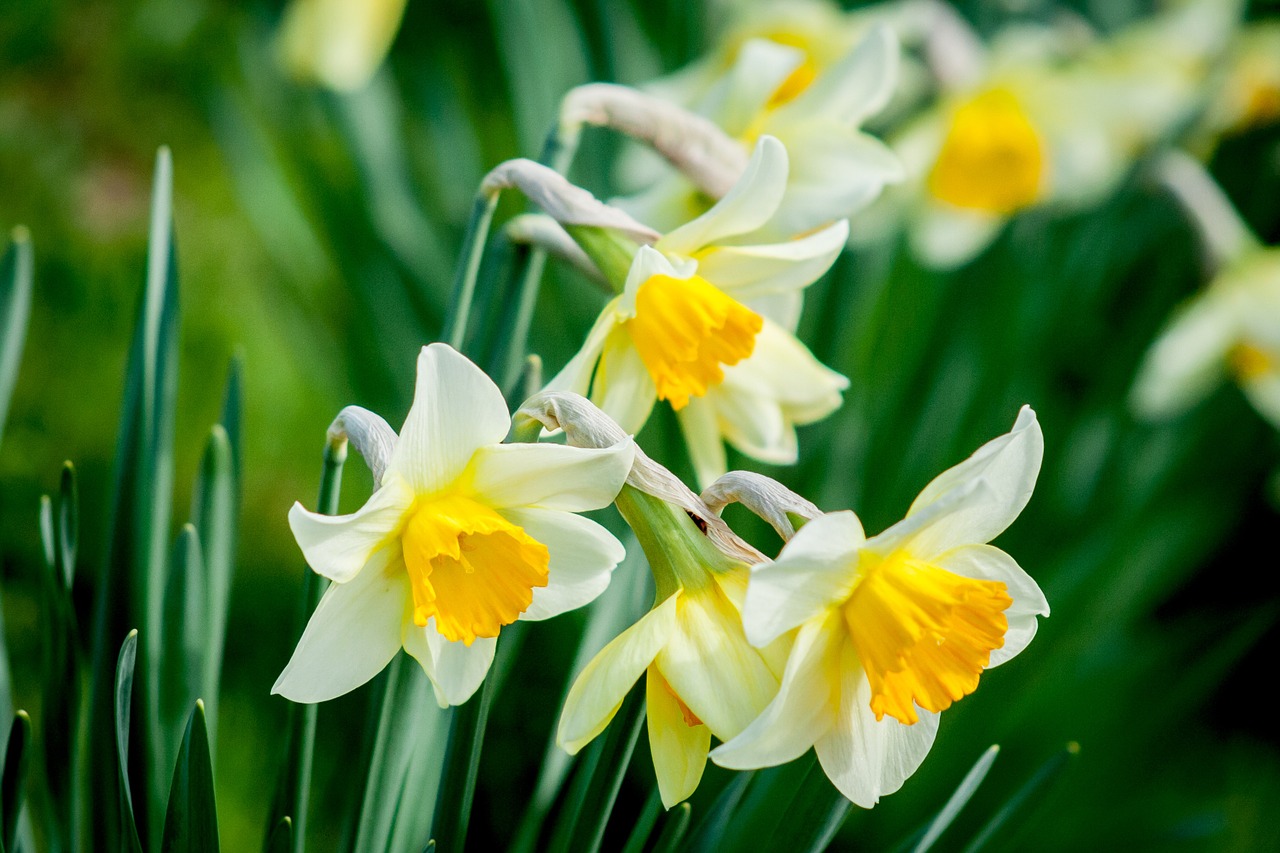
These bundles of bright yellow sunshine are trumpet shaped and complementary amongst the greenery of your garden. Daffodils generally take 6 weeks to 6 months to grow – so plant them in good time, but of course, this all depends on your quality of soil and various other factors. These flowers last for 3 to 5 weeks in bloom. The great thing about these flowers is that they will bloom again next year in moderate climates and they’ll display themselves in breathtaking clusters. Bare in mind, daffodils need lots of water to grow so make sure to water weekly.
Tulip
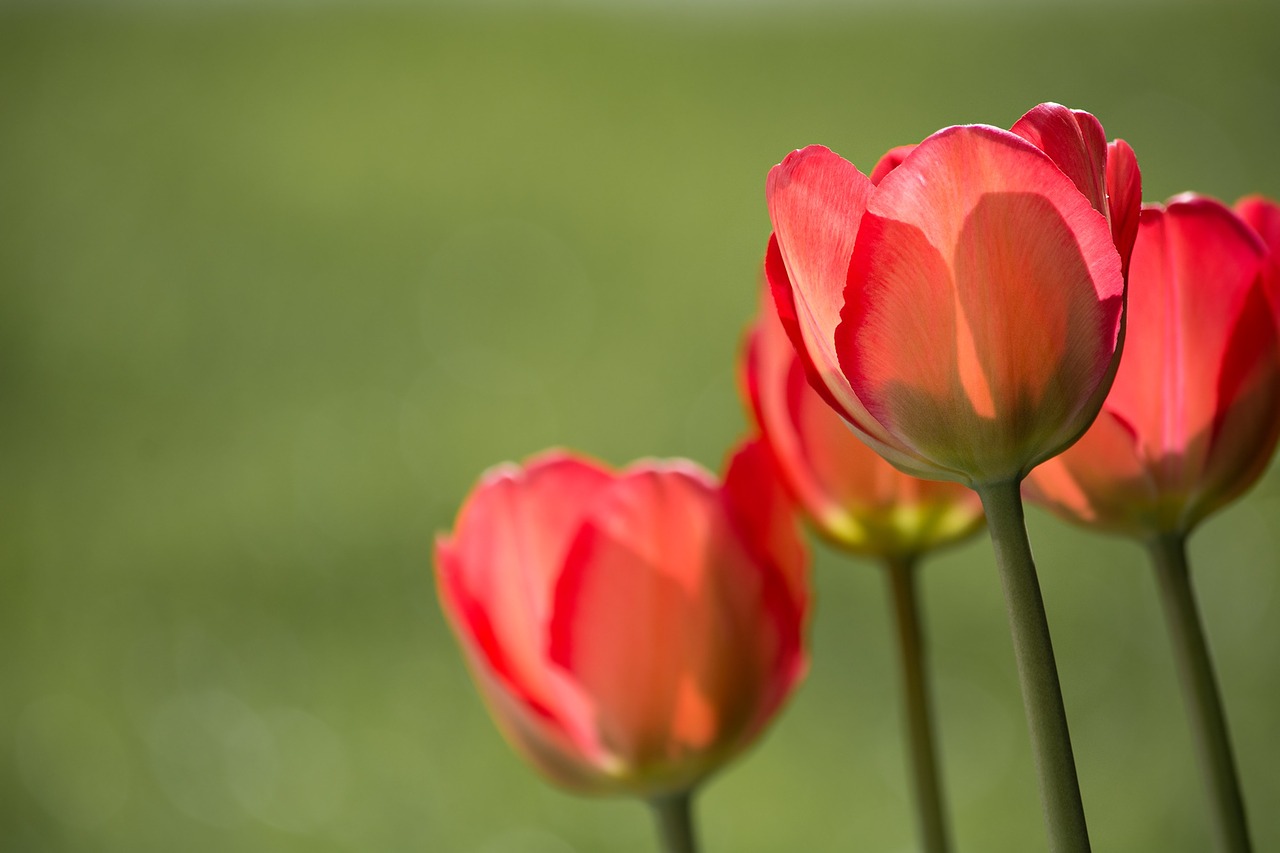
Generally quite large flowers and come in a lovely array of colours including red, yellow and white. Their size ranges dramatically from miniatures, to ones that stand to around 2 feet or more in height. Tulips take 10 to 16 weeks to undergo their ‘chilling period’, this begins at the end of October and they’ll sprout in spring. Once tulips bloom, they last up to 2 weeks and live longer in cooler temperatures – ideal for the UK.
Pansy
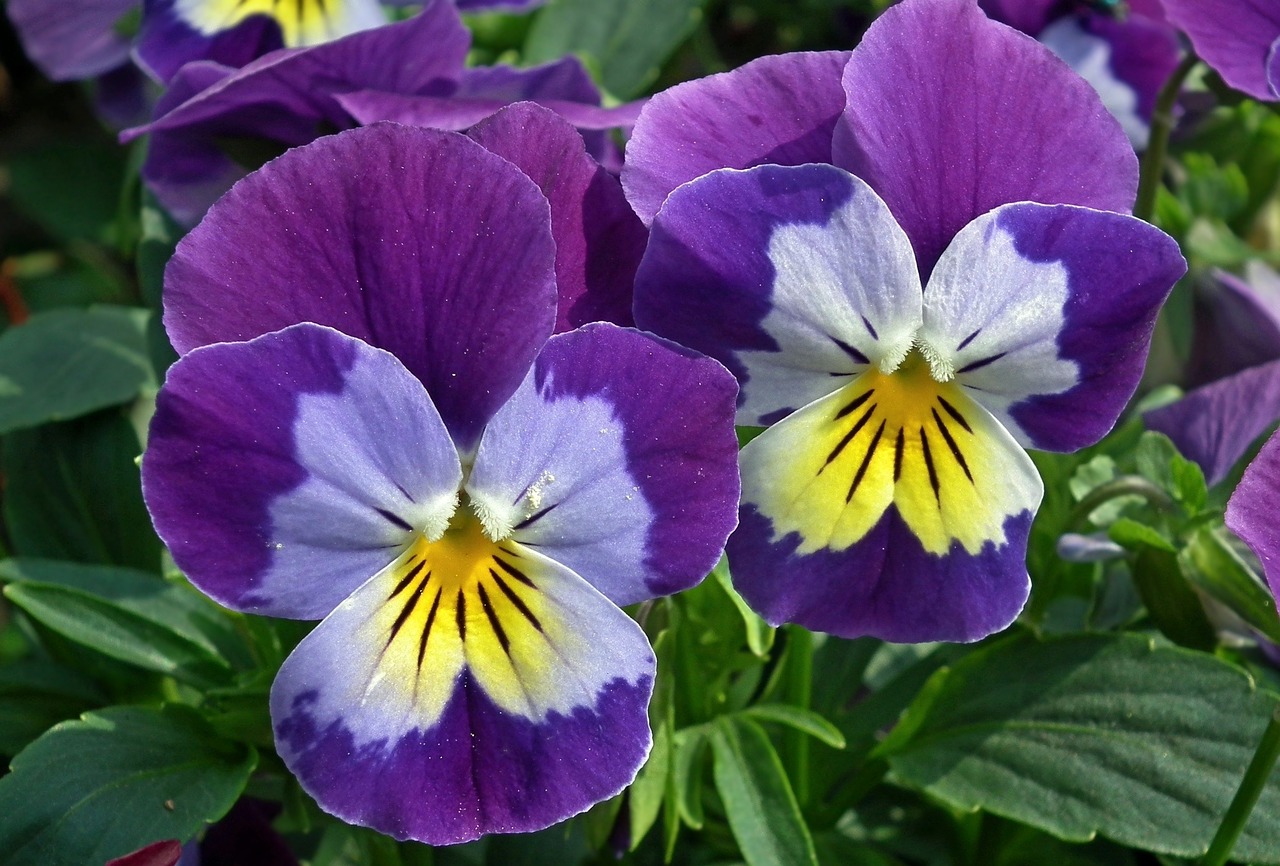
Pansy is a hybrid garden flower, they have a strong floral scent but the strongest of them are those that are yellow and blue. This flower is fairly compact and grows to the maximum of 9 inches tall. Pansies are grown from seeds and should be sown much higher in the ground, covered with a light sprinkle of soil. Water them once and thoroughly to help them germinate steadily.
Bluebell
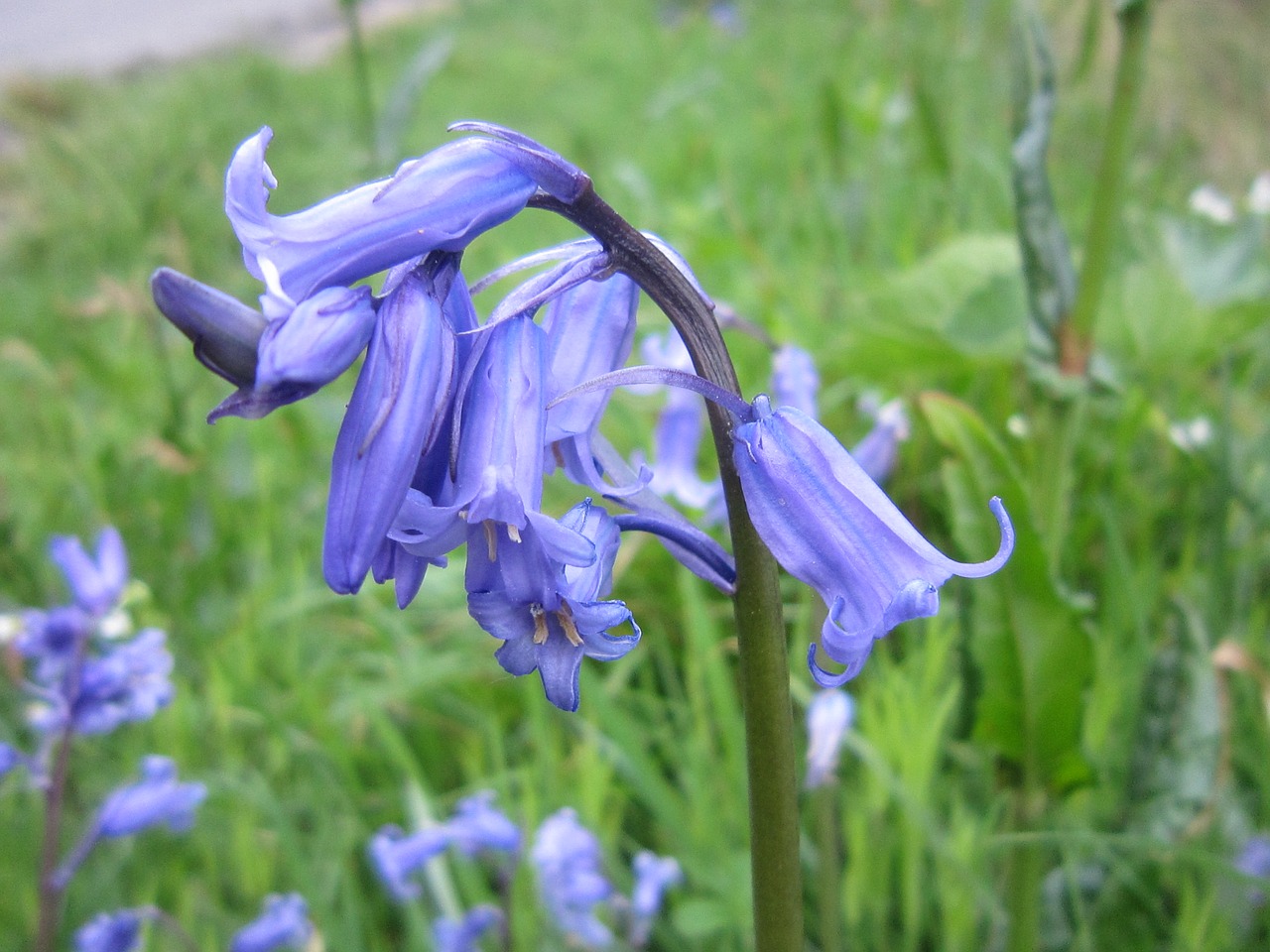
Bluebell grows in mass and creates a stunning carpet across your garden. Bluebells thrive in the English climate and provide a little ray of sunshine in damp, shady areas. Although beautiful and delicate, they are resilient and can live through droughts. These flowers are delightfully scented and attract a variety of insects. For a wonderful display, dig the area of soil you wish for them to grow and scatter the bulbs randomly.
Azalea
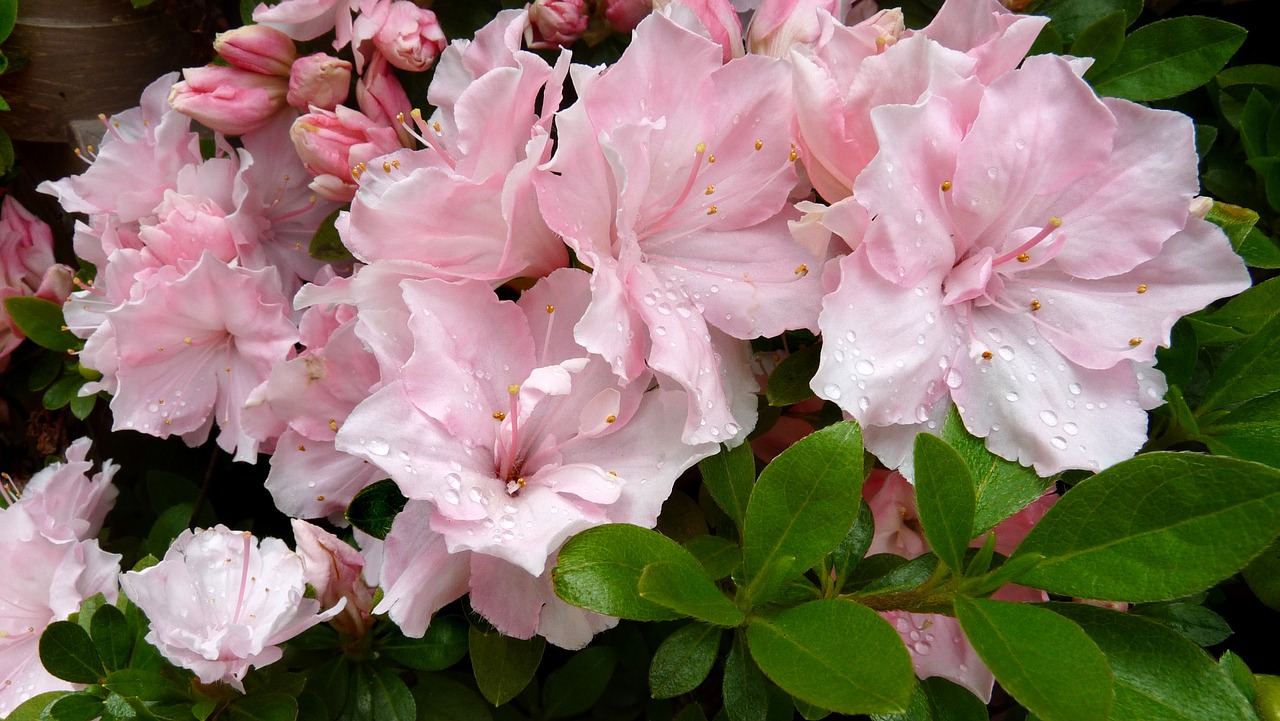
These small pink flowers grow well in organic matter and look great when planted amongst shrubbery and rockery. Azaleas, unlike Bluebells do not spread and remain where they’re originally planted. They grow up to 60 centimetres in height and these springtime flowers need to remain in moist, well-drained, slightly acidic soil. Azaleas bloom in early April for around 2-3 weeks.
5 plants that’ll bloom in summer:
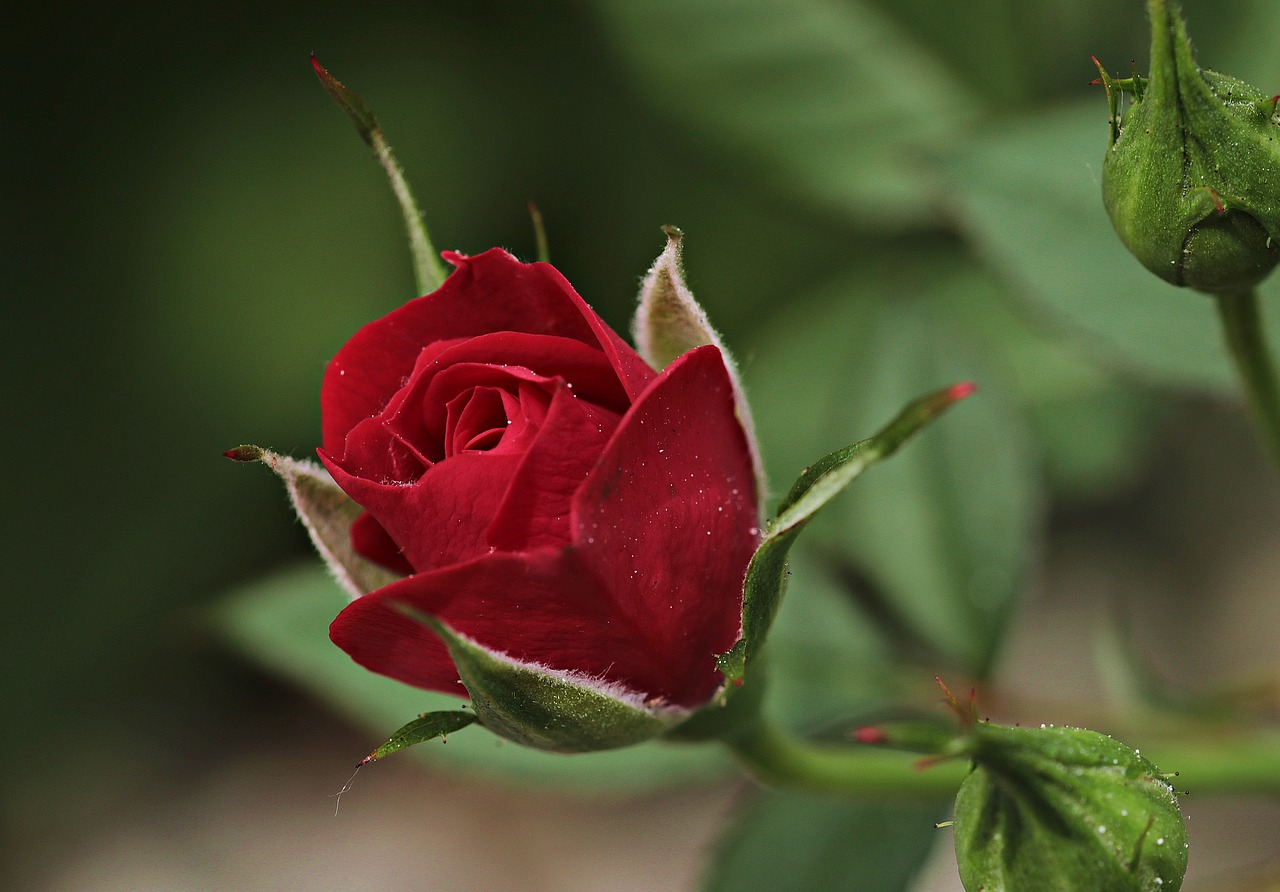
Rose Bush
This deciduous shrub, grows 3 inch ruby red or ice cream pink roses. They grow well in rich, well-drained soil – prune them in early spring and cut the stems at a slanted angle to aid growth. Rose bushes bloom quickly and only last for 1-2 weeks in early summer.
Snowdrop Anemone
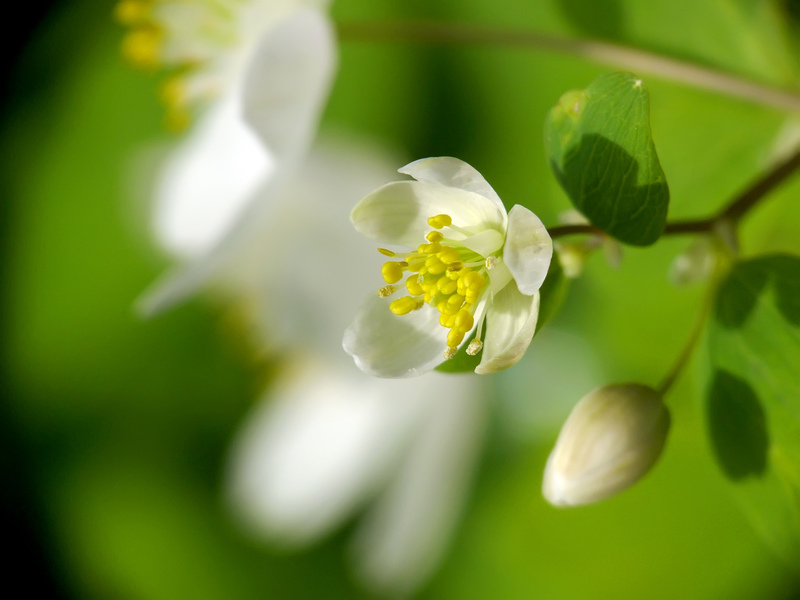
These delicate, nodding white saucer shaped flowers are made up of five pretty petals. This flower gets its name from the way it looks, with a long stem, curved at the top, making the flowering bud droop at the end – looks like a falling snowdrop. They grow between 0.5 metres and 1 metre in height and thrive in rich, moist soil that drains well. Snowdrop Anemone grows quickly in full sun.
Foxglove
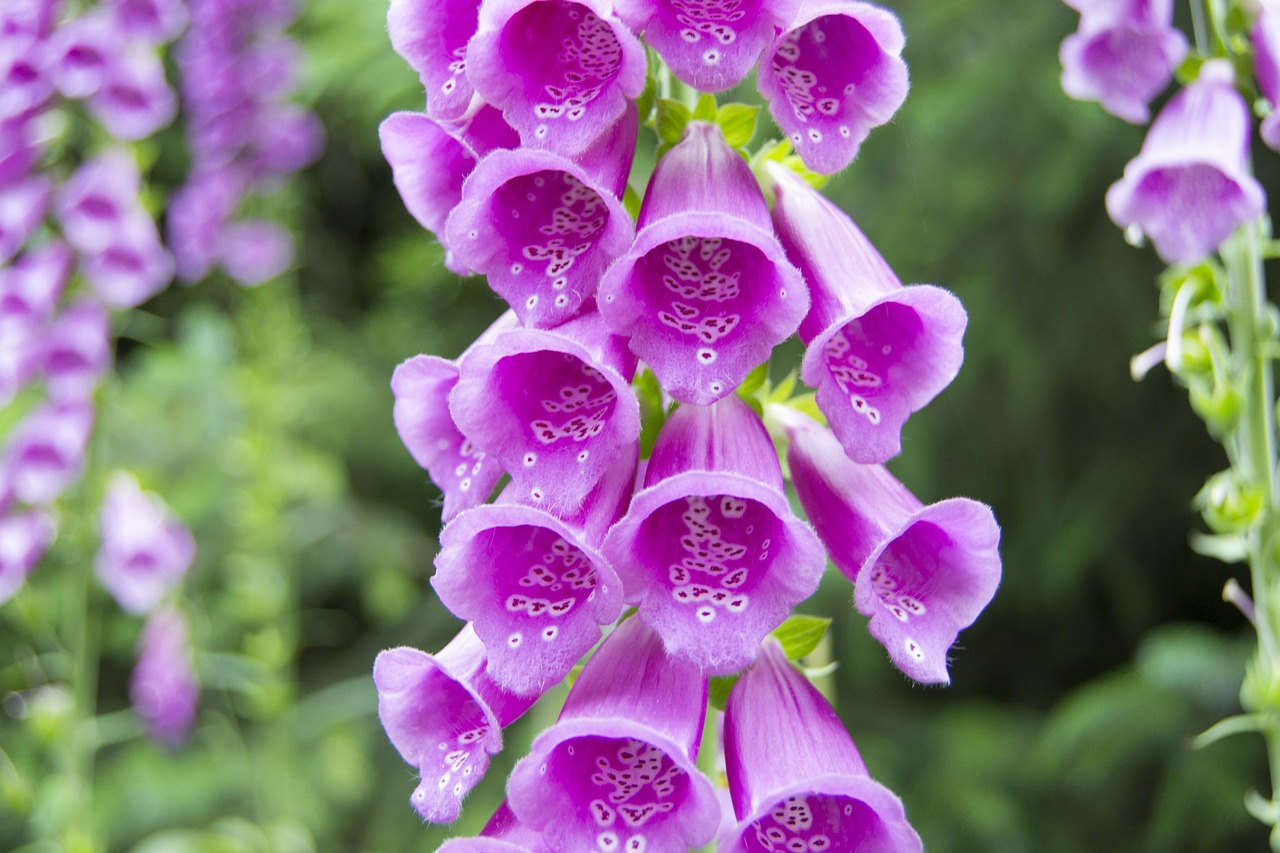
These bell shaped flowers offer striking colour and shape to your garden. Foxgloves enjoy moist ground, they produce side shoots and self-seed easily. You can sow these in March – May and they will grow between June and July. Please note that although they’re very pretty, they’re also very poisonous if eaten.
Allium Cristophii
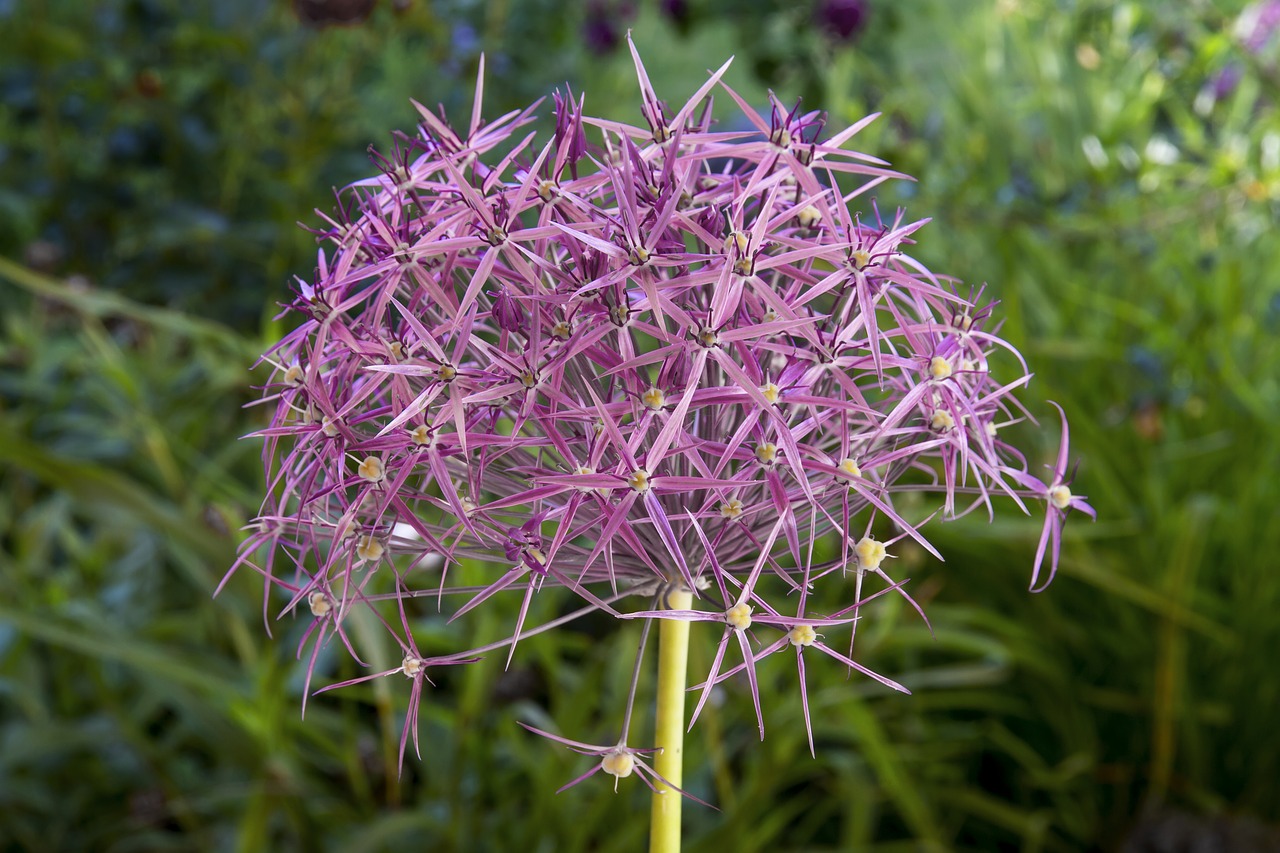
These plants are exceptional, they’re orb shaped with pretty blue/purple star shaped petals; they’re also known as ‘Star of Persia’. Allium Cristophii flower between June and July and grow well in fertile, easily draining soil. They’re the perfect flower that can be dotted around the garden to add stunning decoration.
Daisy
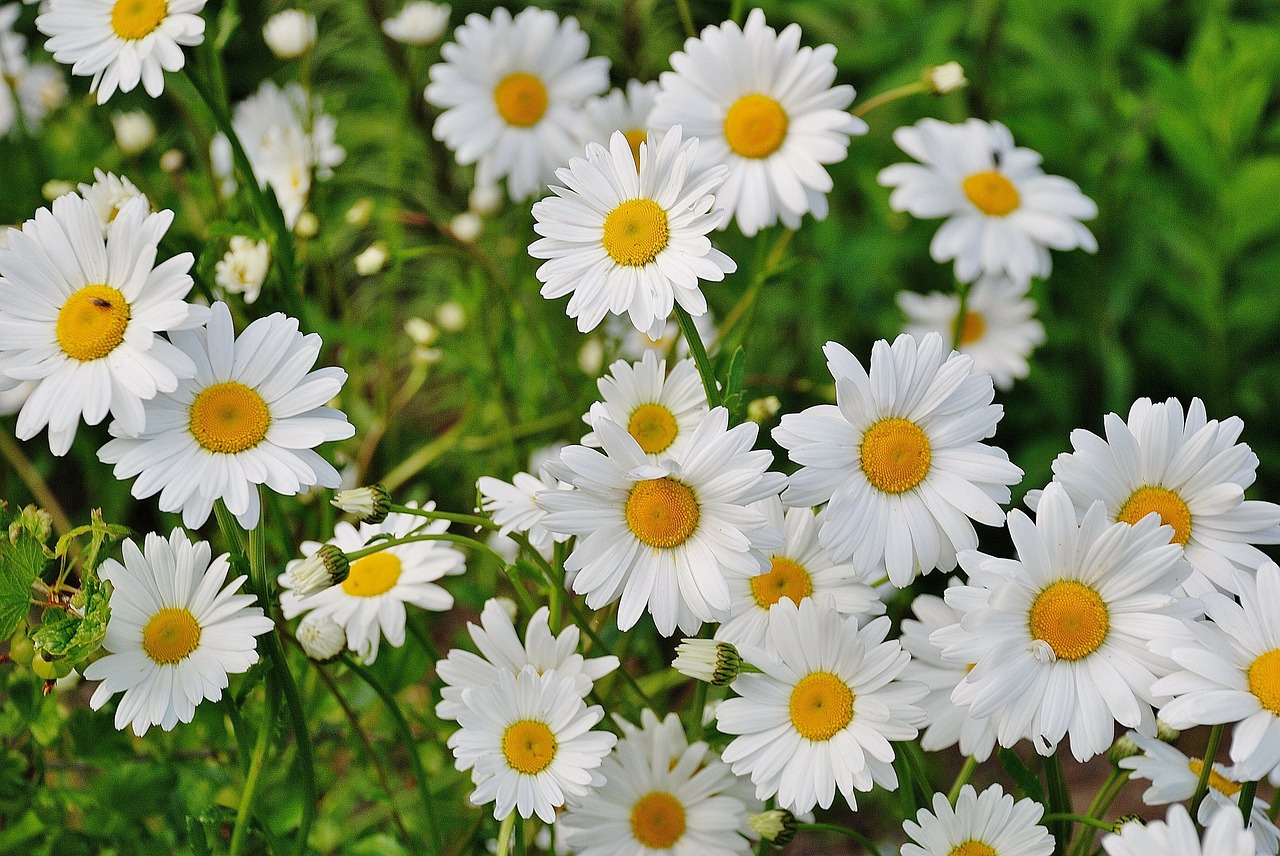
Asimple but beautiful white and yellow plant that grows between June and September. They’re quite easy to grow as they like moderate soil that’s moist and drains well but do not grow well in soil that is too rich. They love the sun, so plant them in a place you know doesn’t get too much shade and they will thrive in mid-late summer.
What to remember when planting
Always prepare your soil, remove weeds and small rocks and add nutritious compost to the soil and turn with a pitch fork.
Planting bulbs couldn’t be easier. Simply use a trowel to dig the soil apart and create holes, to the depth of around 10-15 centimetres. You may want to add a little compost to the bottom of each hole to provide the plants with a high level of nutrients and minerals and to ensure adequate drainage. When sowing seeds, spread them across loosened soil and scatter. When you’ve finished, place a couple of centimetres of soil on top and water.
Plant bulbs so the flat part faces upwards, this is where the stem grows from. Once you’ve carefully planted your bulbs into each hole, cover them over and gently pat the ground – but do not compact the soil, we want the stem to grow easily through and up.
Make your garden beautiful with R&J Landscapes, we have a wealth of experience and offer a number of services including: paving, driveways, landscaping, turfing, fencing and decking, treework and tree surgery. Based in Buckinghamshire we extend our services throughout Harrow, Aylesbury and Watford, so if you’re within the area and would like to know more about what our friendly team have to offer – feel free to get in touch today and let’s see what we can do for you.
